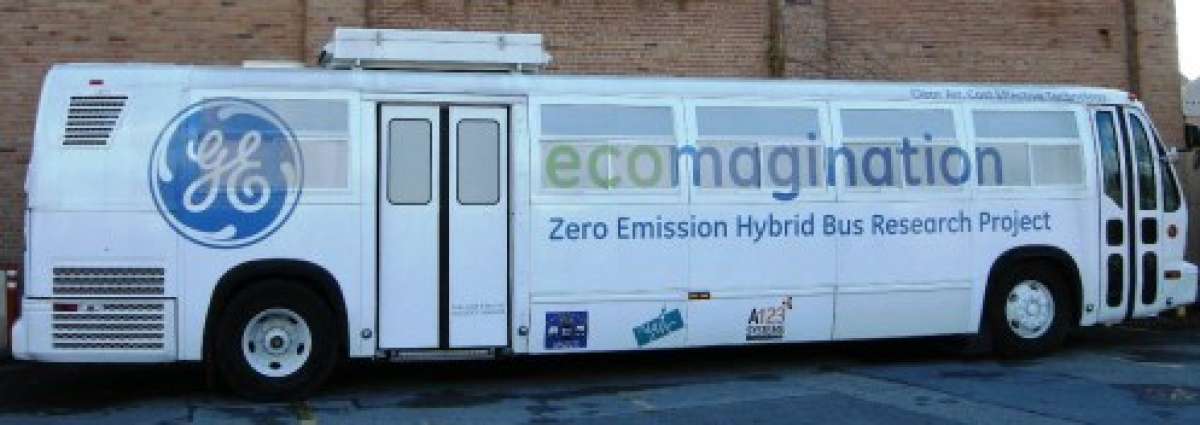According to a series of news releases by the GE News Center, GE’s dual battery combines the best attributes of two separate chemistries into a single system.
The Hybrid Systems Research Team at GE Global Research is the company’s central technology development group. Aside from their latest demonstration of a dual battery system, they claim it could reduce battery cost by up to 20%. Furthermore it could help accelerate the electrification of buses, delivery trucks, off-highway vehicles, and other heavy-duty vehicles.
Per the GE data, many of the 843,000 buses registered in the U.S. (including most of the 63,000 transit buses and 480,000 school buses) travel less than 100 miles per day.
Fact is, the electrification of busses and other large vehicles is not new. At one time, electric busses and street cars ran down every main drag in Detroit; likewise in other major cities. Unfortunately, they also required rails and/or cables.
According to GE’s Hybrid Systems Team, a dual system combining high power and energy storage capacity could achieve the optimal electric driving range and acceleration requirements; and do it at a more practical size scale and cost for larger vehicles.
The rationale for a dual system is this: All design and engineering solutions come with trade-offs, and one of those is price. Batteries are no different. Moreover, most types of batteries come with a functional trade-off between power and energy storage.
Lithium batteries, for example, provide sufficient power for acceleration, but are not optimal for storing energy to extend driving range. On the other hand, sodium batteries store large amounts of energy by comparison, but are sub-optimal when it comes to providing power.
Thus, combining both battery types into a single solution has merit, especially for heavier vehicle platforms. It allows the exact needs to be varied or customized based on a vehicle’s size and drive cycle.
While significant advances in battery technology have definitely been made, further reductions in the size and cost of batteries will be needed to enable the widespread adoption of electric vehicles. Energy density is one hurdle that needs development, as well as the ability of electrolytes to handle higher rates of charge and voltages.
“Public transit and delivery service providers recognize the importance and benefits of transitioning to an electric fleet, but are looking for cost-effective solutions to make that possible,” said Lembit Salasoo, Senior Electrical Engineer and Principal Investigator on the hybrid bus project at GE Global Research. “With the cost of the battery remaining a principal hurdle, a dual battery system could bring these costs down and help accelerate the electric revolution for bus and delivery truck fleets representing hundreds of thousands of vehicles.”
He went on to say we have entered a decade of unprecedented activity and developments in electrified transportation. However, both energy storage and power are a premium to deliver optimal vehicle performance, especially for heavier vehicle platforms.
Therefore, the beauty of the GE dual battery system is that it can be scaled to deliver just the right combination of power and storage; not too big, not too small, and at a reduced price.





